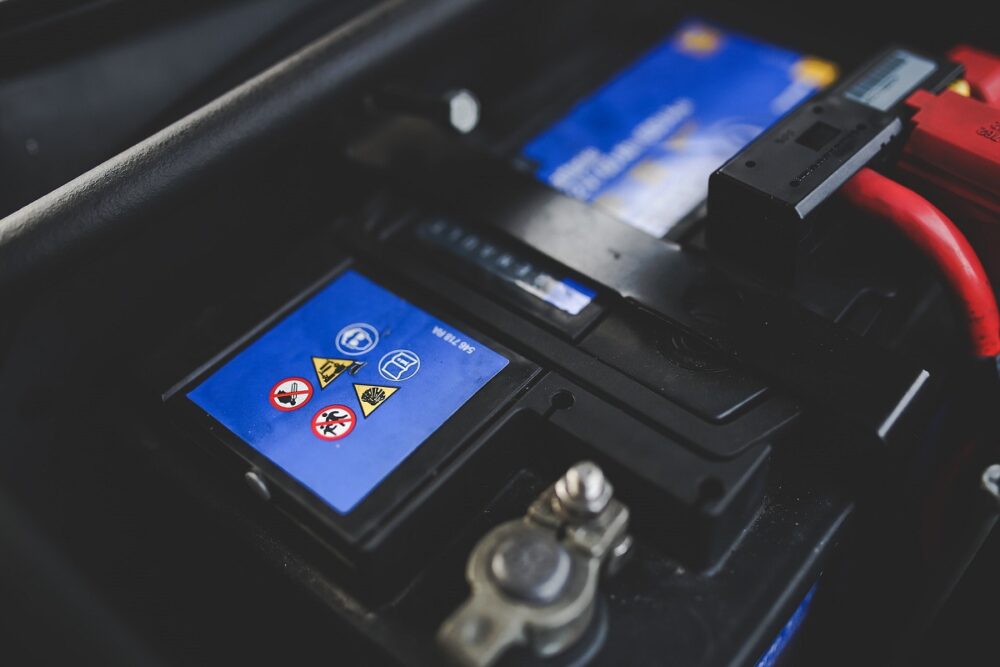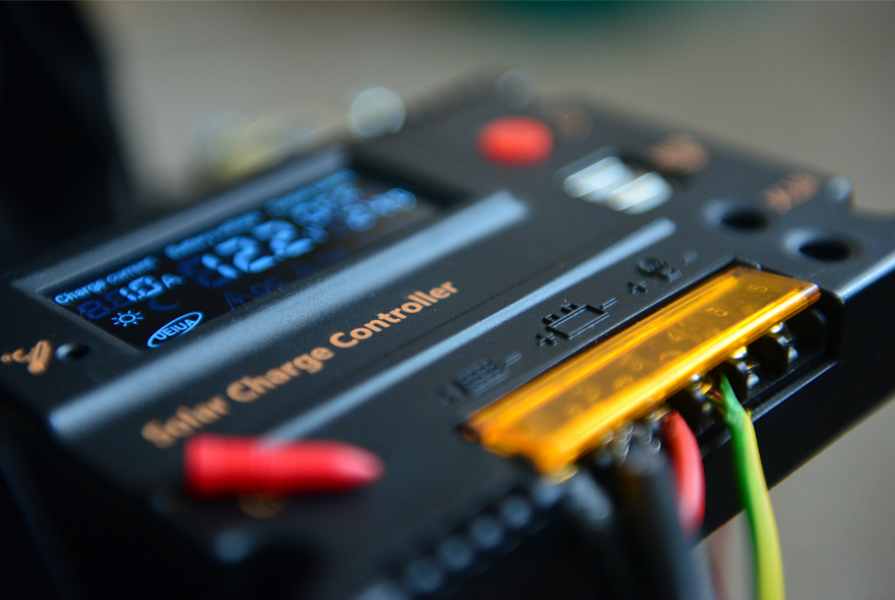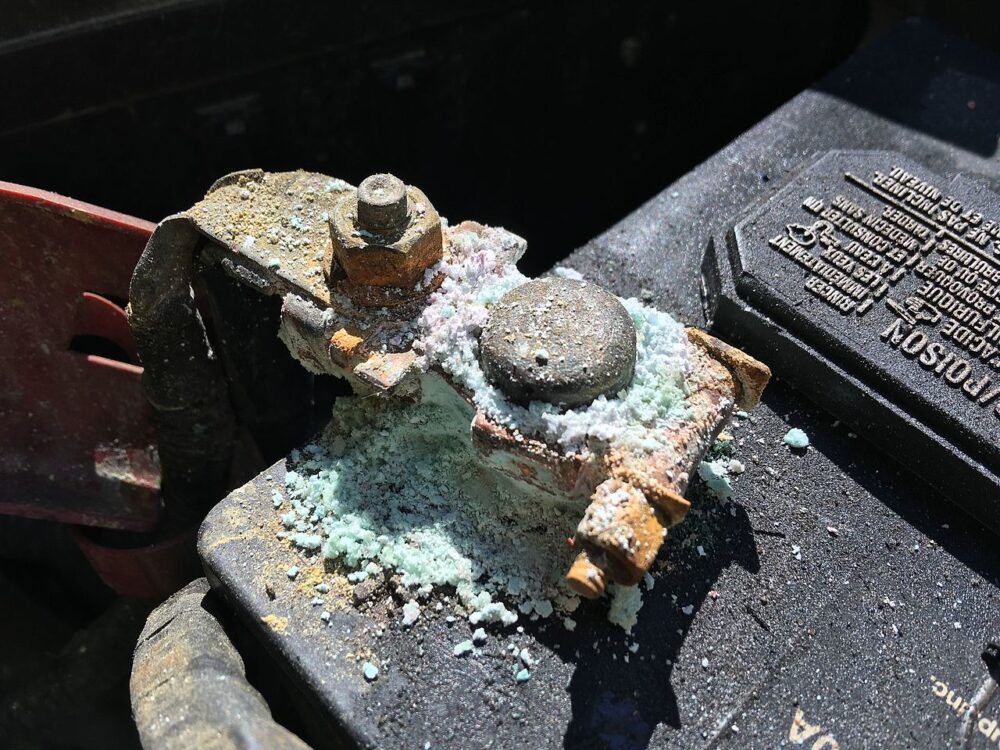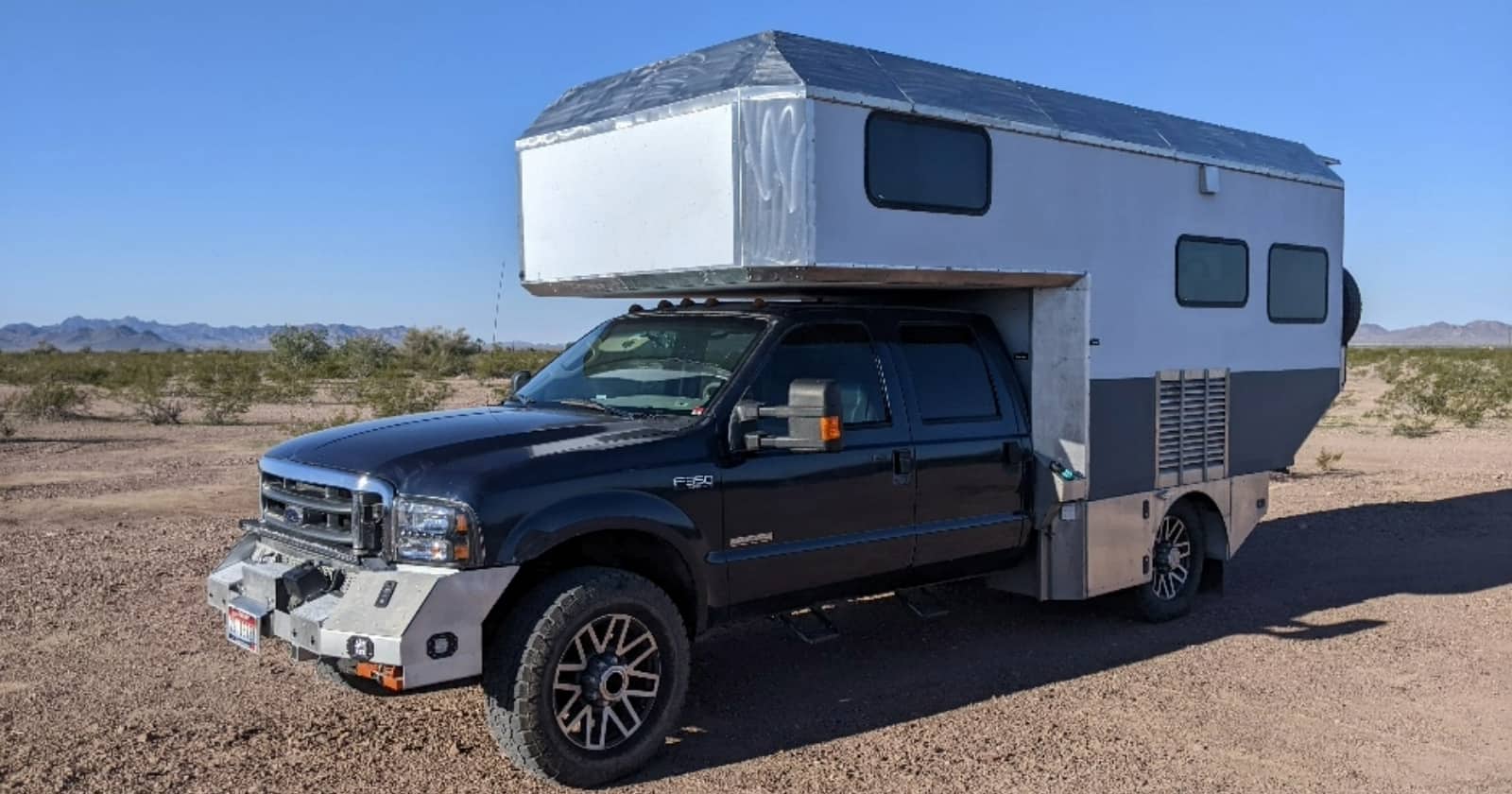5 Things You Should Know About RV Batteries
Your batteries are the beating heart of your RV. Thanks to your RV batteries, you can power everything from essentials like lights to modern conveniences like air conditioning. Knowing a bit about your RV batteries will help you get the most out of them—especially if you’re doing a DIY build.
Let’s take a look at the five things you should know about RV batteries.
1. There are different types of RV batteries
Your RV “house” batteries you use to power your electronics are different from the starter batteries used to start your engine. These house batteries are “deep-cycle” batteries. The deep-cycle batteries in your RV come in two main types: lead-acid and lithium-ion.
Lead-acid batteries
Lead-acid batteries are the older, more traditional type of battery. They’re very affordable and cost-effective.
There are a few different types of lead-acid batteries. The best and most common for RVs are Absorbent Glass Mat (AGM) batteries. AGM batteries are more efficient, more powerful, and require less maintenance than other kinds of lead-acid batteries.

Lithium-ion batteries
The other, newer kind of RV battery is the lithium-ion battery, sometimes called LiFePO4 battery. These are more expensive than lead-acid batteries, but they have a number of advantages.
Lithium-ion batteries pack more power in less weight, can be discharged longer, and charge faster. Plus, they have a longer lifespan than lead-acid batteries, which helps counteract the higher cost.
2. You’ll need to learn a bit about electricity
You’ve probably seen amps, volts, and watts before. (And you might know they measure electricity somehow.) But if you want to get the most out of your RV batteries, you’ll want to know a bit more about these and other electrical topics.
- Amps measure electrical current, the rate at that electrons flow through a conductor.
- Volts are the difference in “electrical potential.” This means the difference in electrons between two points in a circuit.
To make it easier to understand, you can think of electricity like water flowing through a pipe. Voltage is the water pressure and amps are the rate of flow.
When you multiply the voltage by amperage, you get the wattage. Watts is a measure of electrical power consumed or used.
Consider the water analogy again, and imagine water leaving the pipe and hitting a water wheel. If you increase the rate of flow (amps) and/or pressure (volts), you’ll have a more powerful blast of water. This will cause our water wheel to move faster, and consume more water in the process.
RV battery capacity
RV battery capacity is measured in amp hours (Ah), which is the amperage it can provide in one hour. For example, a 100Ah battery provides 100 amps of energy in one hour.
You’ll also see watt-hours (Wh), a measure of the power consumed in an hour. To convert watt hours to amp hours, you divide the watt-hours by the voltage (most commonly 12V). Multiplying amp hours by the voltage will give you watt-hours.
Understanding these measurements and calculations will help you better understand your RV batteries’ energy capacity. For example, using these calculations, you’ll find that a 100Ah 12V battery can power a 100-watt appliance for 12 hours.
Finally, your batteries provide Direct Current (DC) power. An inverter is needed to change this to AC power, which is what most electronics use. A converter takes AC power and turns it into DC, which can then be used to charge your batteries.
3. You can combine RV batteries for more power
One battery can be enough for many RVers and is sufficient to run some lights and charge devices. But if you want more power, you’ll need to combine your batteries into a battery bank.
Batteries can be combined in series or in parallel. Wiring in series increases the voltage. Wiring in parallel increases capacity in amp hours.
Which one is right for you depends on a few factors:
- Wiring in series lets you use more powerful electronics and allows you to use thinner wires for your electrical system. However, you may need a step-down transformer to run 12-volt electronics.
- Wiring in parallel gives you greater capacity and requires no transformer. But, you’ll need to use thicker, more expensive wiring, and won’t be able to run things like air conditioners.
4. You can charge your batteries in several ways
When you run down your batteries’ charge, you’ll need to recharge them. There are three main ways you can do this:
- Shore power or a generator, using a converter to convert AC power to DC power.
- Your tow vehicle’s engine batteries using a “battery-to-battery” charger.
- Solar power via a solar charge controller.
All of these are great options, and most RVs will come with a battery-to-battery charger and a converter built in. A battery monitor will help you track your charge levels so you know when you’re getting low.

5. Proper battery maintenance and storage are key
If you want your battery to last as long as possible, you’ll need to take proper care of them.
Some older lead-acid batteries require you to top up the water inside them periodically. Thankfully, this isn’t required for AGM batteries.

MarkBuckawicki, CC0, via Wikimedia Commons
Maintain your RV batteries
- Avoid leaving batteries at low charge for long periods. This is especially bad for lead-acid batteries, but for any kind of RV battery, it’s less than ideal. If left uncharged for too long, RV batteries will begin to lose voltage.
- Keep your battery terminals clean. If you see corrosion forming, you can clean the terminals with an old toothbrush and some baking soda.
- Be aware that extreme temps can affect your batteries. Both lead-acid and lithium-ion batteries have reduced performance in below-freezing temperatures. They’ll have less capacity and charge slower.
- When you store lead-acid batteries, they should be stored at full charge for a maximum of two years. Lithium-ion batteries should be stored at half charge, and need to be charged at least every 6 months.
Your RV batteries let you get the most out of your RV and enjoy your creature comforts. And thankfully, you don’t have to be a professional electrician to understand them. With these handy tips in mind, you’ll be able to get the maximum potential out of your batteries.
Make sure you keep track of all your RV maintenance and repairs with an online tool such as RV LIFE Maintenance. Not only can you keep all of your documents in one place, but you’ll also receive timely reminders when maintenance is due to help you avoid costly repairs and potentially serious accidents.
Related articles:



